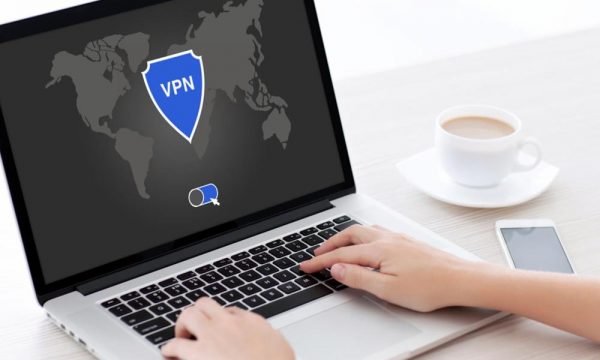Push notifications are pop-up messages that show on your users’ browsers regardless of the device or browser they are using. They act as a rapid communication channel, allowing businesses to communicate messages, special offers, and other information to their clients. Subscribers may be anywhere on the web and still get these messages if they are connected to the Internet or have their devices’ browsers operating.
Table of Contents
Push notification types
In actuality, push notifications may be classified according to their function or the device to which they are received.
Push notifications are classified into three broad groups based on their purpose:
Notifications from the system. This category includes news about holiday discounts and new product features. Occasionally, you will get an email notification requesting that you change your password on a website. Notifications of transactions. This kind is often used to advise users of upcoming events. It might be a whole e-commerce transaction (payment for items) or a shopping update on a package.
Notifications to users. When utilized wrongly, these alerts cause consumers the most significant frustration and aggravation. User advertisements notify users of new messages, special offers, and emails from a website. They entail an opt-in process for users (or have an opportunity to opt out).
The structure of push notifications
Push notifications are composed of many components. Typically, they include a title, a message, a picture, and a URL. Select a picture that gives context and emojis that succinctly convey your thoughts.
Create a concise title and prose that adheres to the required character limit, include photos or emojis to express more information with fewer words, include the relevant URL and CTA, then click send. Your subscribers will get their first push notification shortly. Push notifications are bare and beautiful messages that are easy to reply to. As a result, they’re an efficient way for businesses to engage their audience even while they’re not on their website.
What Are Push Notifications and How Do They Work?
As discussed above, a push notification is a message delivered to a user’s phone by an app. Push notifications are only available to users who have downloaded an app and opted in to receive them.
As you probably predicted, push notifications vary for iOS and Android users. The lock screen will first display an iOS push notification. Once a device is unlocked, the push notification travels to the Notice Center, and a user may engage or dismiss the notification.
Android users can control their push notifications. You may configure priorities, organize push notifications into kinds, and control how alerts show on your smartphone. The distinctions also apply to how consumers opt-in to these communications.
The iOS platform operates on an opt-in basis, requiring consumers to receive push notifications before receiving them. Android users are automatically subscribed to push notifications and must opt-out explicitly.
Due to the growing number of mobile users and the amount of time we spend on our phones, push notifications are an excellent approach to contact consumers in real-time. Given how clogged our Inboxes have grown, it’s simple to see why companies prefer push alerts. However, push notifications inside an application are not the only possibility. Businesses should evaluate and include three more forms of push alerts into their plans.
When you utilize SMS mass text in your business, the return traffic will rise as the subscription base develops after the campaign’s debut. Subscribers’ displays are inundated with notifications, which are tough to ignore.
Push notifications may be used for numerous reasons, such as:
Customer engagement.
Each day, the typical mobile user utilizes at least nine applications. The majority of applications are not as often opened as a cab-hailing or OTT application. To prevent your consumer from forgetting about your app or uninstalling it, you must maintain their engagement. That is when notifications enter the picture. You can attract your customer’s attention and keep them engaged on your platform by sending targeted offers, reminders, and relevant updates.
Push notifications may assist you in bridging the divide between online and physical channels and providing your consumers with a smooth omnichannel experience. According to Google, eighty percent of smartphone users make in-store purchases using their mobile devices. You may use this chance to promote in-store sales by sending tailored push alerts.
Client retention is a more difficult task than customer acquisition. However, push notifications have the potential to resolve this issue. Additionally, it aids in the retention of new consumers. According to reports, delivering an onboarding notice to a newly acquired user during the first week may enhance app retention rates by seventy percent.
Provide real-time updates
Whether you’re informing your users about the weather or enabling them to track a shipment, you may provide real-time information to your users through alerts.




